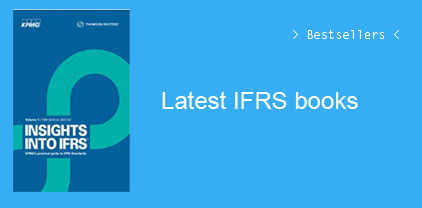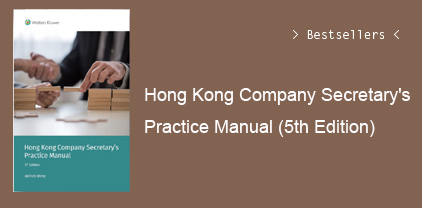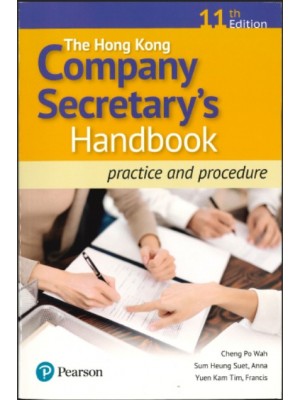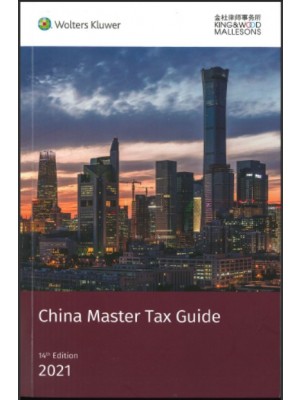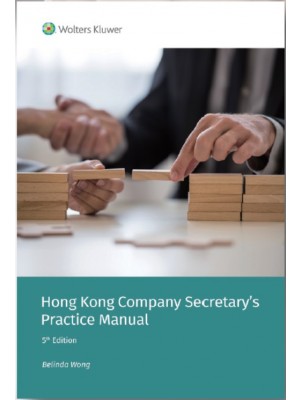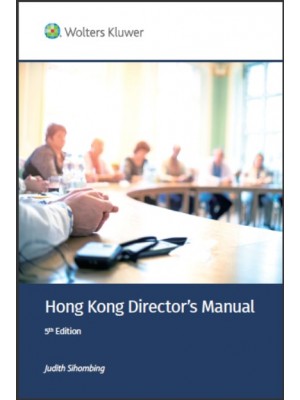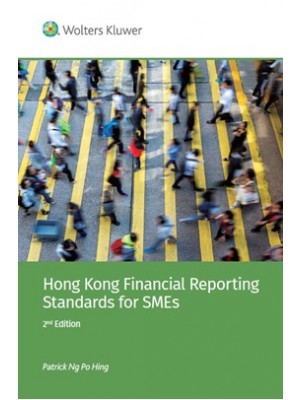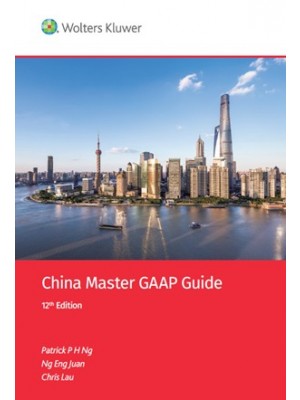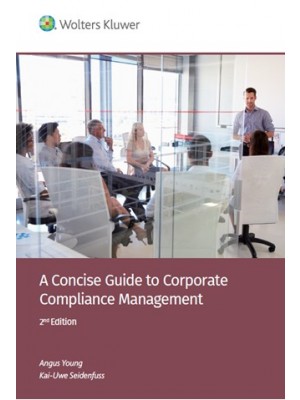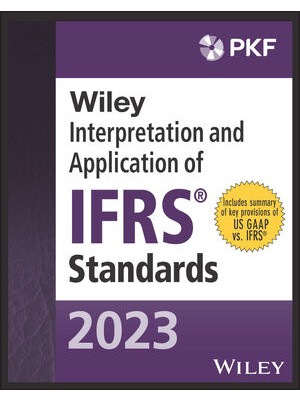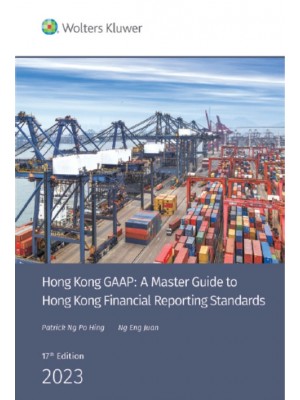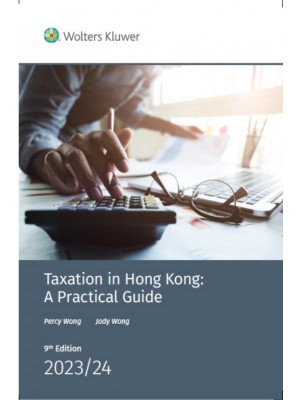1 Introduction to Financial Statements 1-1
Knowing the Numbers: Columbia Sportswear Company 1-1
Business Organization and Accounting Information Uses 1-2
Forms of Business Organization 1-3
Users and Uses of Financial Information 1-3
Ethics in Financial Reporting 1-5
The Three Types of Business Activity 1-7
Financing Activities 1-7
Investing Activities 1-8
Operating Activities 1-8
The Four Financial Statements 1-9
Income Statement 1-10
Retained Earnings Statement 1-11
Balance Sheet 1-11
Statement of Cash Flows 1-12
Interrelationships of Statements 1-13
Other Elements of an Annual Report 1-16
A Look at IFRS 1-42
2 A Further Look at Financial Statements 2-1
Just Fooling Around?: The Motley Fool 2-2
The Classified Balance Sheet 2-3
Current Assets 2-3
Long-Term Investments 2-5
Property, Plant, and Equipment 2-5
Intangible Assets 2-5
Current Liabilities 2-7
Long-Term Liabilities 2-7
Stockholders’ Equity 2-7
Analyzing the Financial Statements Using Ratios 2-8
Ratio Analysis 2-8
Using the Income Statement 2-9
Using a Classified Balance Sheet 2-10
Using the Statement of Cash Flows 2-13
Financial Reporting Concepts 2-15
The Standard-Setting Environment 2-16
Qualities of Useful Information 2-16
Assumptions in Financial Reporting 2-17
Principles in Financial Reporting 2-18
Cost Constraint 2-19
A Look at IFRS 2-45
3 The Accounting Information System 3-1
Accidents Happen: MF Global Holdings Ltd 3-1
Using the Accounting Equation to Analyze Transactions 3-3
Accounting Transactions 3-3
Analyzing Transactions 3-4
Summary of Transactions 3-10
Accounts, Debits, and Credits 3-11
Debits and Credits 3-11
Debit and Credit Procedures 3-12
Stockholders’ Equity Relationships 3-15
Summary of Debit/Credit Rules 3-16
Using a Journal 3-17
The Recording Process 3-17
The Journal 3-18
The Ledger and Posting 3-20
The Ledger 3-20
Chart of Accounts 3-20
Posting 3-21
The Recording Process Illustrated 3-22
Summary Illustration of Journalizing and Posting 3-28
The Trial Balance 3-30
Limitations of a Trial Balance 3-31
A Look at IFRS 3-61
4 Accrual Accounting Concepts 4-1
Keeping Track of Groupons: Groupon 4-1
Accrual-Basis Accounting and Adjusting Entries 4-2
The Revenue Recognition Principle 4-3
The Expense Recognition Principle 4-4
Accrual versus Cash Basis of Accounting 4-5
The Need for Adjusting Entries 4-5
Types of Adjusting Entries 4-6
Adjusting Entries for Deferrals 4-7
Prepaid Expenses 4-7
Unearned Revenues 4-11
Adjusting Entries for Accruals 4-14
Accrued Revenues 4-14
Accrued Expenses 4-16
Summary of Basic Relationships 4-19
The Adjusted Trial Balance and Closing Entries 4-21
Preparing the Adjusted Trial Balance 4-21
Preparing Financial Statements 4-22
Quality of Earnings 4-23
Closing the Books 4-26
Summary of the Accounting Cycle 4-28
Appendix 4A: Using a Worksheet 4-33
A Look at IFRS 4-65
5 Merchandising Operations and the Multiple-Step Income Statement 5-1
Buy Now, Vote Later: REI 5-1
Merchandising Operations and Inventory Systems 5-3
Operating Cycles 5-3
Flow of Costs 5-4
Recording Purchases Under a Perpetual System 5-6
Freight Costs 5-8
Purchase Returns and Allowances 5-9
Purchase Discounts 5-9
Summary of Purchasing Transactions 5-10
Recording Sales Under a Perpetual System 5-11
Sales Returns and Allowances 5-12
Sales Discounts 5-13
Data Analytics and Credit Sales 5-14
Multiple-Step and Comprehensive Income Statements 5-15
Single-Step Income Statement 5-15
Multiple-Step Income Statement 5-16
Comprehensive Income Statement 5-19
Cost of Goods Sold Under a Periodic System 5-21
Gross Profit Rate and Profit Margin 5-22
Gross Profit Rate 5-22
Profit Margin 5-23
Appendix 5A: Periodic Inventory System 5-26
Recording Merchandise Transactions 5-26
Recording Purchases of Merchandise 5-27
Freight Costs 5-27
Recording Sales of Merchandise 5-27
Comparison of Entries—Perpetual vs. Periodic 5-28
Appendix 5B: Adjusting Entries for Credit Sales with Returns and Allowances 5-29
A Look at IFRS 5-54
6 Reporting and Analyzing Inventory 6-1
“Where Is That Spare Bulldozer Blade?”: Caterpillar 6-1
Classifying and Determining Inventory 6-2
Classifying Inventory 6-2
Determining Inventory Quantities 6-4
Inventory Methods and Financial Effects 6-6
Specific Identification 6-7
Cost Flow Assumptions 6-7
Financial Statement and Tax Eff ects of Cost Flow Methods 6-12
Using Inventory Cost Flow Methods Consistently 6-14
Inventory Presentation and Analysis 6-15
Presentation 6-15
Lower-of-Cost-or-Net Realizable Value 6-16
Analysis 6-16
Adjustments for LIFO Reserve 6-18
Appendix 6A: Inventory Cost Flow Methods in Perpetual Inventory Systems 6-21
First-In, First-Out (FIFO) 6-22
Last-In, First-Out (LIFO) 6-22
Average-Cost 6-23
Appendix 6B: Eff ects of Inventory Errors 6-23
Income Statement Eff ects 6-24
Balance Sheet Eff ects 6-25
A Look at IFRS 6-48
7 Fraud, Internal Control, and Cash 7-1
Minding the Money in Madison: Barriques 7-1
Fraud and Internal Control 7-3
Fraud 7-3
The Sarbanes-Oxley Act 7-3
Internal Control 7-4
Principles of Internal Control Activities 7-4
Data Analytics and Internal Controls 7-10
Limitations of Internal Control 7-11
Cash Controls 7-12
Cash Receipts Controls 7-12
Cash Disbursements Controls 7-14
Petty Cash Fund 7-16
Control Features of a Bank Account 7-17
Electronic Funds Transfer (EFT) System 7-17
Bank Statements 7-18
Reconciling the Bank Account 7-19
Reporting Cash and Cash Management 7-24
Reporting Cash 7-24
Managing and Monitoring Cash 7-25
Cash Budgeting 7-27
Appendix 7A: Operation of a Petty Cash Fund 7-30
Establishing the Petty Cash Fund 7-30
Making Payments from the Petty Cash Fund 7-31
Replenishing the Petty Cash Fund 7-31
A Look at IFRS 7-56
8 Reporting and Analyzing Receivables 8-1
What’s Cooking? Nike 8-1
Recognition of Accounts Receivable 8-3
Types of Receivables 8-3
Recognizing Accounts Receivable 8-3
Valuation and Disposition of Accounts Receivable 8-5
Valuing Accounts Receivable 8-5
Disposing of Accounts Receivable 8-12
Notes Receivable 8-14
Determining the Maturity Date 8-15
Computing Interest 8-15
Recognizing Notes Receivable 8-16
Valuing Notes Receivable 8-16
Disposing of Notes Receivable 8-16
Receivables Presentation and Management 8-18
Financial Statement Presentation of Receivables 8-19
Managing Receivables 8-19
Evaluating Liquidity of Receivables 8-21
Accelerating Cash Receipts 8-23
Data Analytics and Receivables Management 8-24
A Look at IFRS 8-47
9 Reporting and Analyzing Long-Lived Assets 9-1
A Tale of Two Airlines: American Airlines 9-1
Plant Asset Expenditures 9-3
Determining the Cost of Plant Assets 9-3
Expenditures During Useful Life 9-6
To Buy or Lease? 9-7
Depreciation Methods 9-8
Factors in Computing Depreciation 9-8
Depreciation Methods 9-9
Revising Periodic Depreciation 9-13
Impairments 9-14
Plant Asset Disposals 9-15
Sale of Plant Assets 9-16
Retirement of Plant Assets 9-17
Intangible Assets 9-18
Accounting for Intangible Assets 9-18
Types of Intangible Assets 9-19
Statement Presentation and Analysis 9-21
Presentation 9-21
Analysis 9-23
Appendix 9A: Other Depreciation Methods 9-27
Declining-Balance Method 9-27
Units-of-Activity Method 9-28
A Look at IFRS 9-54
10 Reporting and Analyzing Liabilities 10-1
And Then There Were Two: Maxwell Car Company 10-1
Accounting for Current Liabilities 10-3
What Is a Current Liability? 10-3
Notes Payable 10-3
Sales Taxes Payable 10-4
Unearned Revenues 10-5
Current Maturities of Long-Term Debt 10-5
Payroll and Payroll Taxes Payable 10-6
Major Characteristics of Bonds 10-8
Types of Bonds 10-8
Issuing Procedures 10-9
Bond Trading 10-9
Determining the Market Price of a Bond 10-10
Accounting for Bond Transactions 10-12
Issuing Bonds at Face Value 10-13
Discount or Premium on Bonds 10-13
Issuing Bonds at a Discount 10-14
Issuing Bonds at a Premium 10-15
Redeeming Bonds at Maturity 10-17
Redeeming Bonds Before Maturity 10-17
Presentation and Analysis 10-18
Presentation 10-18
Analysis 10-20
Appendix 10A: Straight-Line Amortization 10-24
Amortizing Bond Discount 10-24
Amortizing Bond Premium 10-26
Appendix 10B: Effective-Interest Amortization 10-27
Amortizing Bond Discount 10-27
Amortizing Bond Premium 10-29
Appendix 10C: Accounting for Long-Term
Notes Payable 10-30
A Look at IFRS 10-58
11 Reporting and Analyzing Stockholders’ Equity 11-1
Oh Well, I Guess I’ll Get Rich: Facebook 11-1
Corporate Form of Organization 11-3
Characteristics of a Corporation 11-3
Forming a Corporation 11-6
Stockholder Rights 11-6
Stock Issue Considerations 11-7
Corporate Capital 11-9
Accounting for Common, Preferred, and Treasury Stock 11-11
Accounting for Common Stock 11-11
Accounting for Preferred Stock 11-12
Accounting for Treasury Stock 11-13
Cash Dividends, Stock Dividends, and Stock Splits 11-15
Cash Dividends 11-15
Dividend Preferences 11-17
Stock Dividends 11-19
Stock Splits 11-20
Presentation and Analysis 11-22
Retained Earnings 11-22
Retained Earnings Restrictions 11-23
Balance Sheet Presentation of Stockholders’ Equity 11-24
Analysis of Stockholders’ Equity 11-26
Debt Versus Equity Decision 11-27
Appendix 11A: Entries for Stock Dividends 11-30
A Look at IFRS 11-54
12 Statement of Cash Flows 12-1
Got Cash?: Microsoft 12-1
Usefulness and Format of the Statement of Cash Flows 12-3
Usefulness of the Statement of Cash Flows 12-3
Classification of Cash Flows 12-3
Significant Noncash Activities 12-4
Format of the Statement of Cash Flows 12-5
Preparing the Statement of Cash Flows— Indirect Method 12-6
Indirect and Direct Methods 12-7
Indirect Method—Computer Services Company 12-7
Step 1: Operating Activities 12-9
Summary of Conversion to Net Cash Provided by Operating Activities—Indirect Method 12-12
Step 2: Investing and Financing Activities 12-13
Step 3: Net Change in Cash 12-14
Analyzing the Statement of Cash Flows 12-17
The Corporate Life Cycle 12-17
Free Cash Flow 12-19
Appendix 12A: Statement of Cash Flows—Direct Method 12-22
Step 1: Operating Activities 12-23
Step 2: Investing and Financing Activities 12-28
Step 3: Net Change in Cash 12-29
Appendix 12B: Worksheet for the Indirect Method 12-29
Preparing the Worksheet 12-30
Appendix 12C: Statement of Cash Flows—T-Account Approach 12-34
A Look at IFRS 12-61
13 Financial Analysis: The Big Picture 13-1
It Pays to Be Patient: Warren Buffett 13-2
Sustainable Income and Quality of Earnings 13-3
Sustainable Income 13-3
Quality of Earnings 13-7
Horizontal Analysis and Vertical Analysis 13-9
Horizontal Analysis 13-10
Vertical Analysis 13-12
Ratio Analysis 13-14
Liquidity Ratios 13-15
Solvency Ratios 13-16
Profitability Ratios 13-16
Financial Analysis and Data Analytics 13-17
Comprehensive Example of Ratio Analysis 13-17
A Look at IFRS 13-54
APPENDIX A Specimen Financial Statements: Apple Inc. A-1
APPENDIX B Specimen Financial Statements: Columbia Sportswear Company B-1
APPENDIX C Specimen Financial Statements: VF Corporation C-1
APPENDIX D Specimen Financial Statements: Amazon.com, Inc. D-1
APPENDIX E Specimen Financial Statements: Wal-Mart Stores, Inc. E-1
APPENDIX F Specimen Financial Statements: Louis Vuitton F-1
APPENDIX G Time Value of Money G-1
Interest and Future Values G-1
Nature of Interest G-1
Future Value of a Single Amount G-3
Future Value of an Annuity G-5
Present Values G-7
Present Value Variables G-7
Present Value of a Single Amount G-7
Present Value of an Annuity G-9
Time Periods and Discounting G-11
Present Value of a Long-Term Note or Bond G-11
Capital Budgeting Situations G-14
Using Financial Calculators G-15
Present Value of a Single Sum G-16
Present Value of an Annuity G-17
Future Value of a Single Sum G-17
Future Value of an Annuity G-17
Internal Rate of Return G-18
Useful Applications of the Financial Calculator G-18
APPENDIX H Reporting and Analyzing Investments H-1
Accounting for Debt Investments H-1
Why Corporations Invest H-1
Accounting for Debt Investments H-3
Accounting for Stock Investments H-4
Holdings of Less Than 20% H-4
Holdings Between 20% and 50% H-5
Holdings of More Than 50% H-6
Reporting Investments in Financial Statements H-7
Debt Securities H-7
Equity Securities H-10
Balance Sheet Presentation H-11
Presentation of Realized and Unrealized Gain or Loss H-12
Company Index I-1
Subject Index I-3





